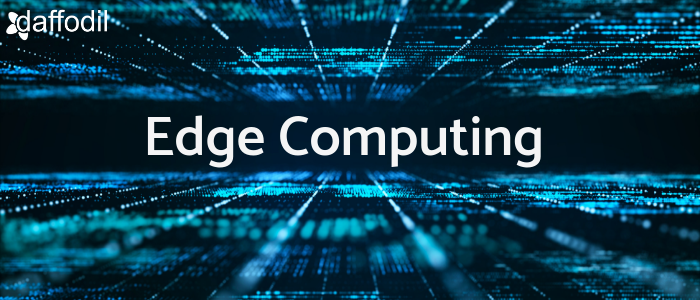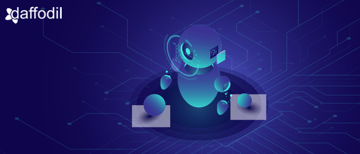
The total installed base of the Internet of Things (IoT) connected devices is over 6 billion in the year 2019. With so many connected devices existing already, it's becoming a challenge to process an enormous amount of data generated by these devices.
This data generated from IoT devices and stored on the cloud need to be processed and responded in a short interval. However, as the distance between the IoT device user and the cloud increases, the transmission latency increases, resulting in performance issues at the user end. This is because performance speed is dependent upon the proximity of the user device.
To work around the problem, the concept of Edge Computing is introduced, which is something similar to the Content Delivery Network (CDN). In case of edge computing, the IoT data is processed by the edge server instead of the centralized cloud server. An edge server is positioned between the cloud and the user device in a location within the user’s proximity. This allows some of the workload to be offload from the cloud, thereby reducing data transmission latency.
Such a potential can be helpful in areas such as self-driving cars, video streaming, cloud gaming, smart homes, mobile devices, etc. where data transmission latency has to be minimal. Just consider a self-driving car sending live stream continuously to the centralized servers. If the car, in this case, sends the data to central servers and waits for the response, the consequences can be disastrous. The reason being, the car, due to data transmission latency will not be able to take the decision like a human. Therefore, when terabytes of data have to be transmitted, having an option of edge computing can be helpful in reducing the transmission latency.
Edge computing is becoming a crucial component of an infrastructure. This can be estimated from one of the Gartner’s statistics that says 50% of enterprise-generated data will be created and processed beyond centralized cloud data centers via edge computing by the year 2022.
Edge Computing: Benefits and Challenges
One of the primary advantages of edge computing is it improves the time of action and reduces response time to milliseconds. Also, it helps in reserving network resources. While edge computing is usually compared to cloud computing, the benefits of cloud computing and its applications varies from that of edge computing.
However, despite the ability to reduce network bottlenecks and reduce data transmission latency, edge computing has a few challenges, such as:
- Security: Edge computing has a distributed architecture that increases attack vectors. Such an infrastructure is vulnerable to security exploits and malware infections.
- Compliances: Data is one of the major assets of a business. When it is collected at the edge server, it needs to be checked for compliances and regulations.
- Network Bandwidth: As more data is stored at the edge, more compute happens, ultimately leading to the requirement of bandwidth expansion. Traditionally, more bandwidth is allocated to data centers and lower to the endpoints. When. Edge computing is used, the network bandwidth has to be balanced out.
Interested in implementing edge computing as a part of your infrastructure but worried about the challenges it brings along? Talk to our cloud experts to know how to overcome them and get started with it to avail its benefits.



